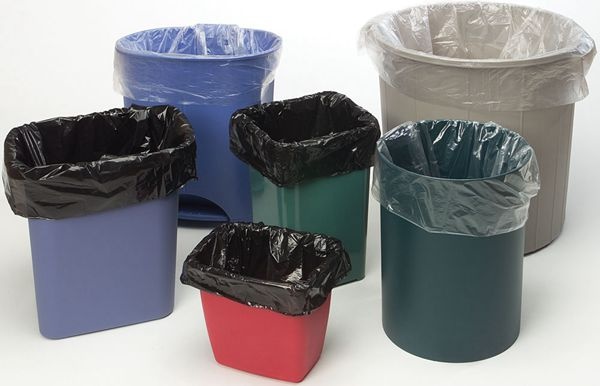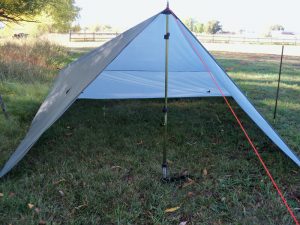How to Hunt Deer with a Bow Effectively
Deer hunting can be done in two ways; either by using rifles or using bows. If you are one of the many hunters who prefer the latter option, this is the perfect article for you to know the practice tips to hunt deer with a bow. Dedicated hunters will know that practice sharpens your skill on shooting a bow with precise and accurate shots. Thus, here are a few tips to pave your way to become a skilled bow hunter.
Practice during unfavorable conditions
Obviously, a good hunt is scheduled during the peak seasons when the weather is favorable for hunting and trekking. However, weather can be a greatly unpredictable thing, and while out on a hunt, it’s better to be prepared for anything.
Practicing in windy conditions where the direction and force of the wind can greatly affect your accuracy can improve your bow skills. Think of this way; if you can shoot well in crappy weather, then you can do so better in normal conditions. More importantly, you are prepared for any kind of situation when you’re out hunting.
Take it slow
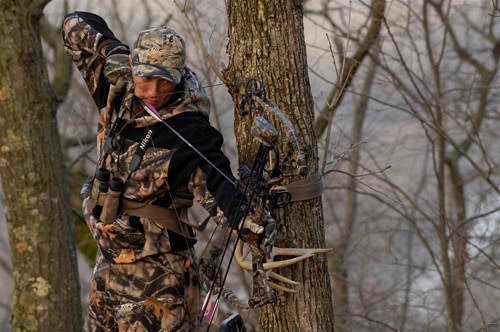
It’s not wise to push your limits while at the beginner stage of bow hunting. The best strategy to gauge your skills is to start slow. Start shooting at small distances until you can perfect your shot at that distance. Only then should you further increase the increments.
This strategy can also minimize frustration because it will let you know the farthest distance where you can shoot most accurately. On the field, it will help you gauge your Effective Kill Range (EKR), or the distance range wherein you are most likely to take down a deer without messing up the shot.
Learn how to use a bow sight
A bow sight is an essential tool when shooting long distance. The best bow sight can greatly enhance your long-distance shooting by a tenfold. Basically, it has pins set at different distances which can help you shoot long-distance targets from stagnant position, such as a tree stand.
Other than a bow sight, you should also use other essential bow accessories such as a bow stabilizer. A bow stabilizer, on the other hand, is an accessory that helps minimize torque, stabilize shots, and increase the accuracy of your shots.
Know how to shoot from a higher position
If you’re planning to shoot your first buck from a tree stand, you cannot do so successfully without learning how to shoot from a higher position. Because the trajectory will change once you shoot from an elevated place.
So one of my tips is to practice shooting dummy targets from a tree stand. Once you get a hold of this skill, you’ll find tree stand hunting an easy task.
Target for easy-kill areas
The most humane way to kill a deer is to shoot it in the chest area, where the arrow can pierce through the lungs or heart and deliver almost instant and painless death. To practice this skill, you can use target print-outs of a deer in order to enhance your ability to kill instantly.
Moreover, this will also minimize the possibility of the deer running away because of a shot in the belly, hind, or legs. With accurate shots to the chest area, you can harvest your kill easily.
Don’t hesitate to ask questions
If you’re not sure about something, ask a more experienced bow hunter than you. Remember that it’s not a competition of who is best. Every great bow hunter starts somewhere, and while you’re a beginner, it’s best to take advice from experts and use it to work on your weak points.
Other than constructive criticism, you can also form bonds with other bow hunters and potentially join them on their next bow hunt. This will be a big plus for you: because not only do you have new hunting buddies, you also have a lot of people to help you work on your skills.
Practice with your bow in low-light conditions
 You can also master shooting with it during near sunset or near dawn conditions.
You can also master shooting with it during near sunset or near dawn conditions.
Most often, whitetail deer make an appearance before sunset when the light is dimming and your bow sight is getting difficult to use. Although most bow sights come with a glow-in-the-dark pin feature, it will be much wiser and a skill-builder to practice shooting in low light.
If you have a bow sight with a low-light feature, you can also master shooting with it during near sunset or near dawn conditions. In this way, you won’t need to fumble with your bow sight while on the field.
Adjust your bow according to the wind
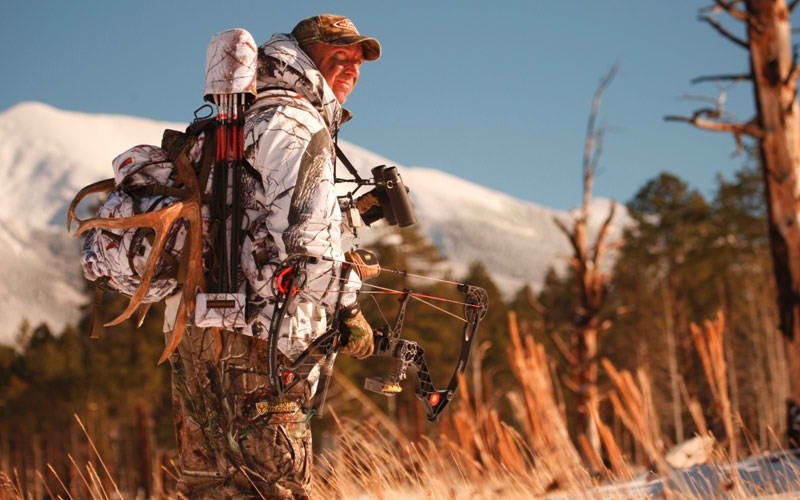
The wind plays a big role in the accuracy of your shot because, as said before in this article, it can affect the direction and/or trajectory of your shot. When hunting deer with a bow, you’re also most likely confined to shooting from far distances. Therefore, it’s better if you learn to adjust your aim with the wind.
Most importantly, with this skill you can reap rewards when a supposed to be sunny day turns into a windy one. Remember: the weather is completely unpredictable, and as a hunter, don’t expect it to always be in your favor.
Work on your form
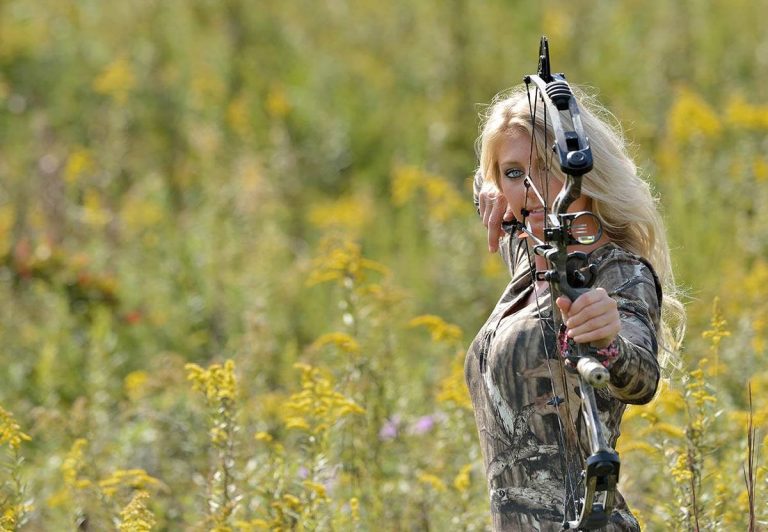
As a beginner, the best form for archery is one of the most difficult aspects to master. It’s imperative that you work on your form every time you practice shooting. Moreover, you can also ask an experienced bow hunter to evaluate your form and tell you the mistakes that you’re making.
Why does this need to be done? Well, a great form will directly affect the accuracy of your shot and help you shoot better. Otherwise, a bad form can lead to inaccurate and imprecise shots that will just leave you discouraged. Thus, remember to work on this aspect along with everything else.
Learn how to wait for the perfect shot

In deer hunting, timing is everything, whether you shoot with a bow or a rifle. The proper timing of your shot will decrease the chances of a botched kill. Since deer are highly receptive of sound, you can scare away a bunch of them if you have off timing with your shots and they end up on a nearby tree or the ground.
Unfortunately, the only way to practice your timing is to do it on an actual deer. Because automated practice targets have predictable movements, they aren’t great options for practicing timing. Unlike with deer, you can learn how to assess their movements and make it predictable to you.
Conclusion
Here, we’ve highlighted the best practice tips to hunt deer with a bow. It’s not the actual camping and hunting that’s the most difficult part, but the practice on shooting a bow. Thus, the best option you have in order to be the most prepared hunter in the world is to practice at every chance you get.
Did you like this article? If you did, leave us a comment below and tell us what you think. You can also share this with your friends. Thanks for reading!
Deer hunting can be done in two ways; either by using rifles or using bows. If you are one of the many hunters who prefer the latter option, this is

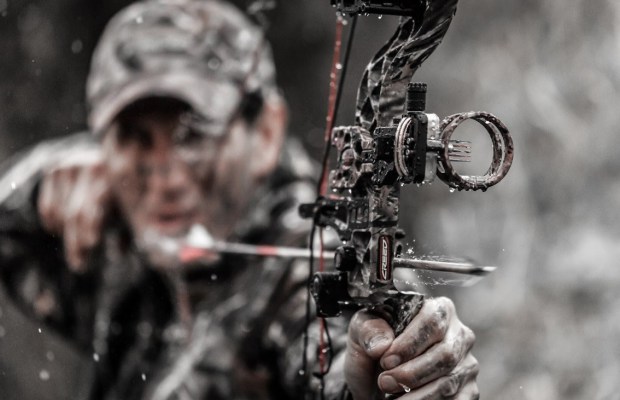

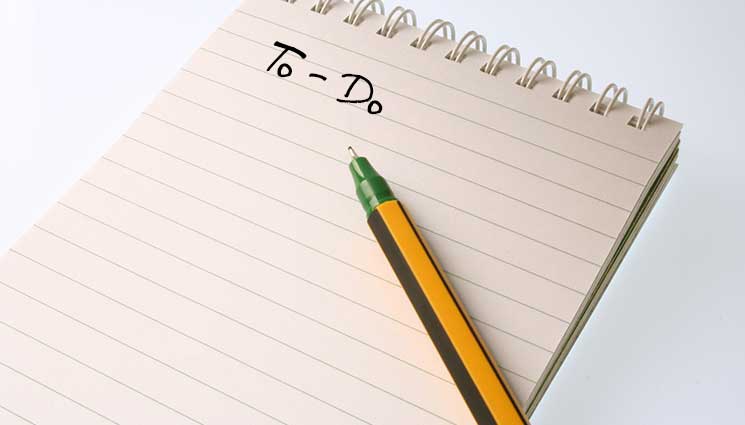


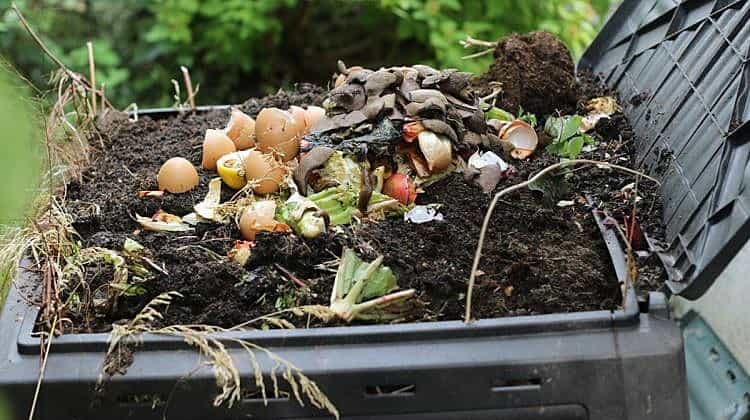
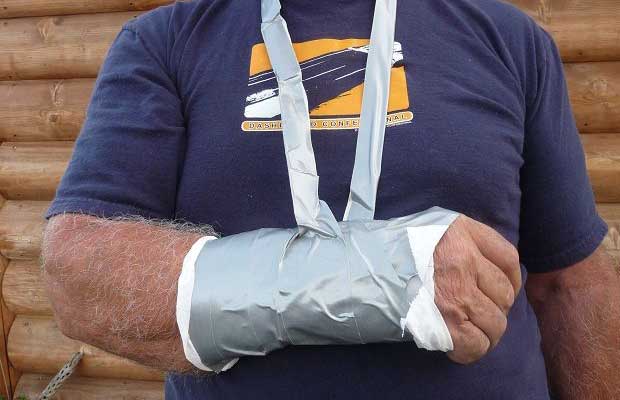
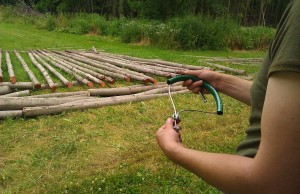 Garden hose has more uses even if it has a hole.
Garden hose has more uses even if it has a hole.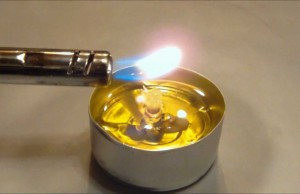 Survival Oil Lamp
Survival Oil Lamp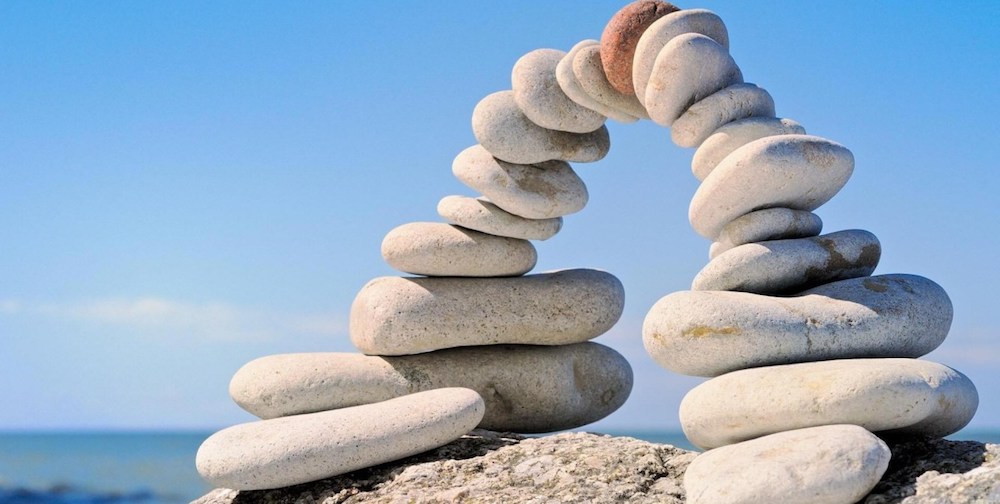

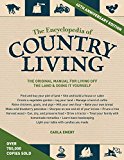
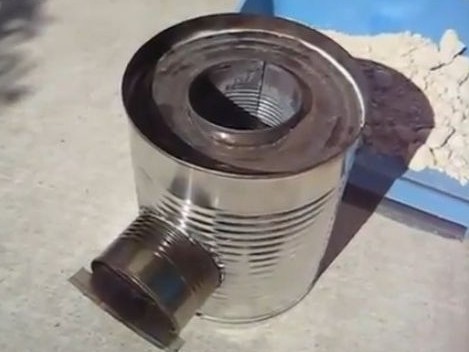


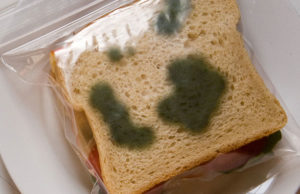
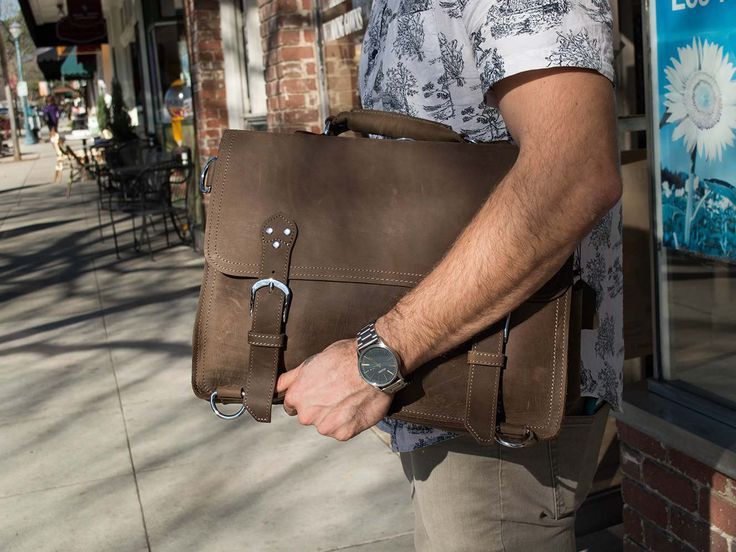
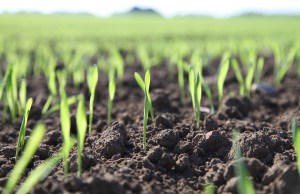
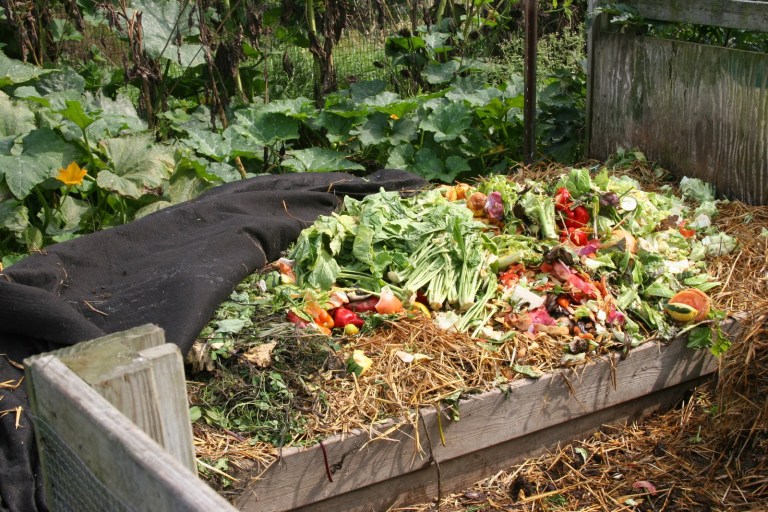
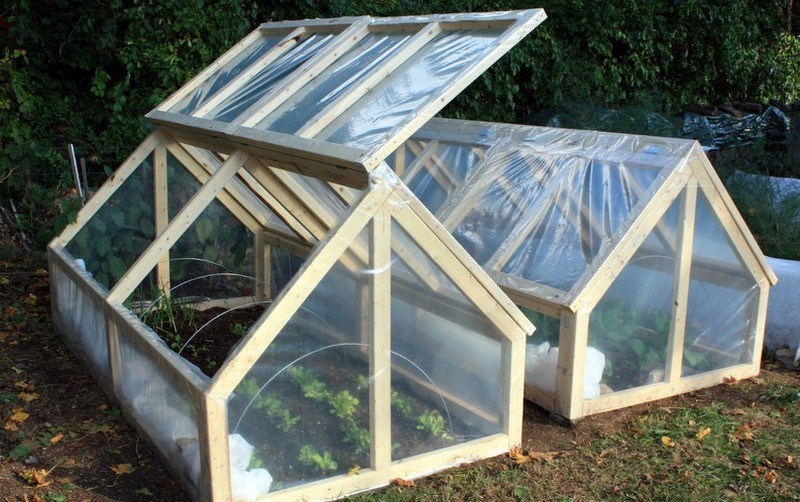
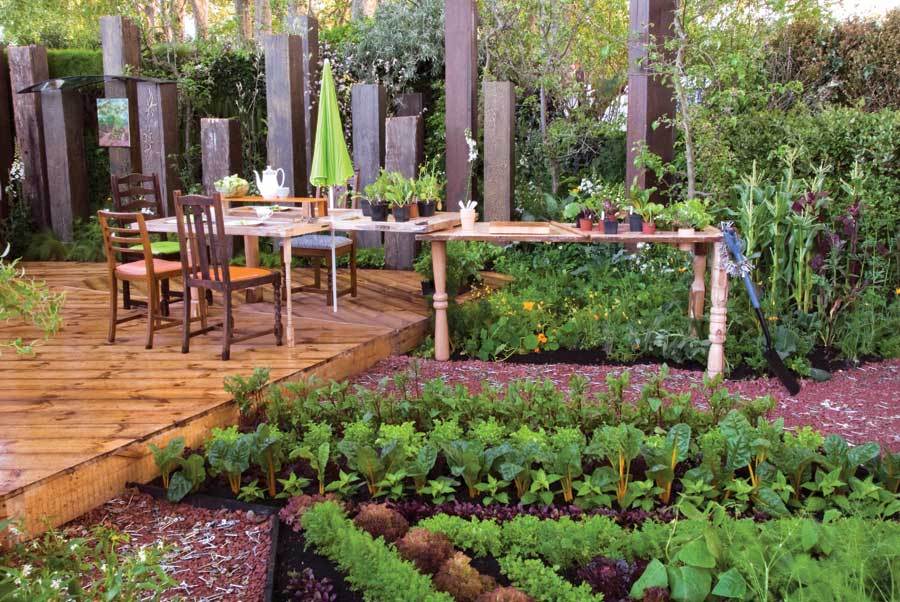

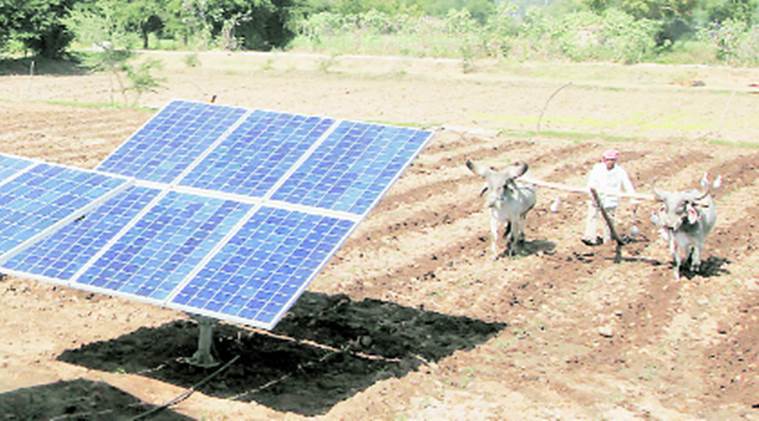

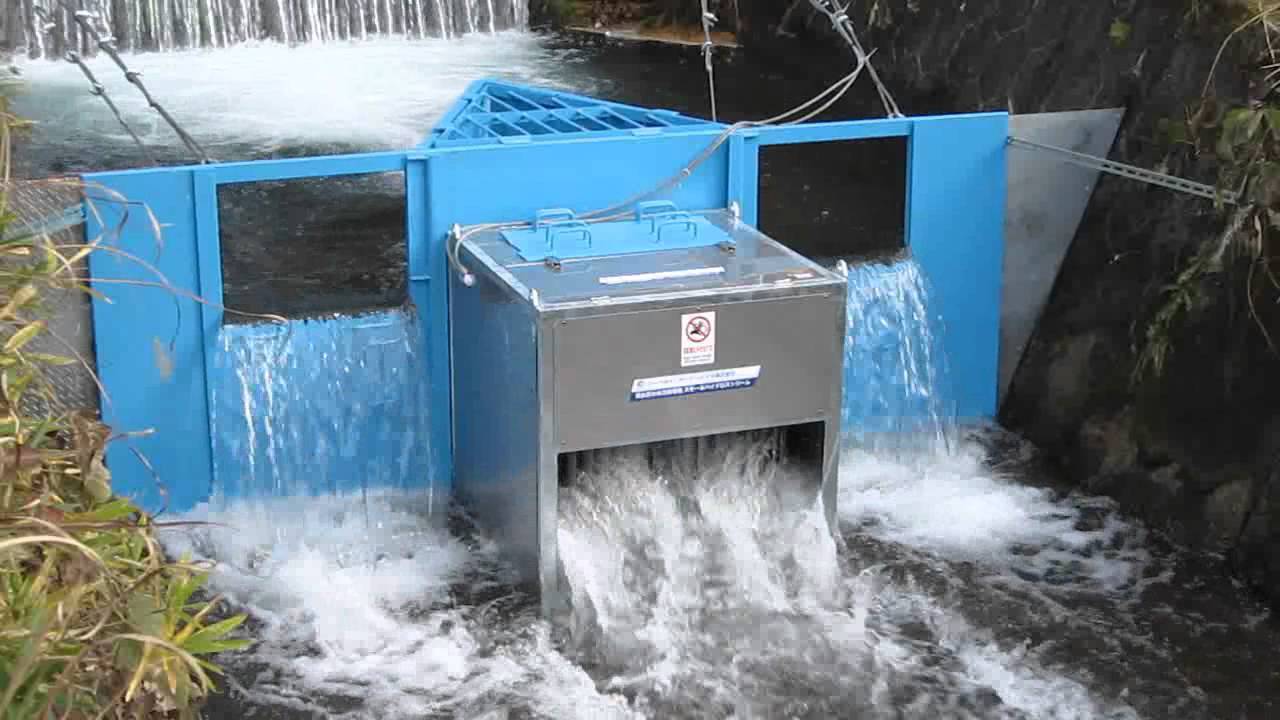
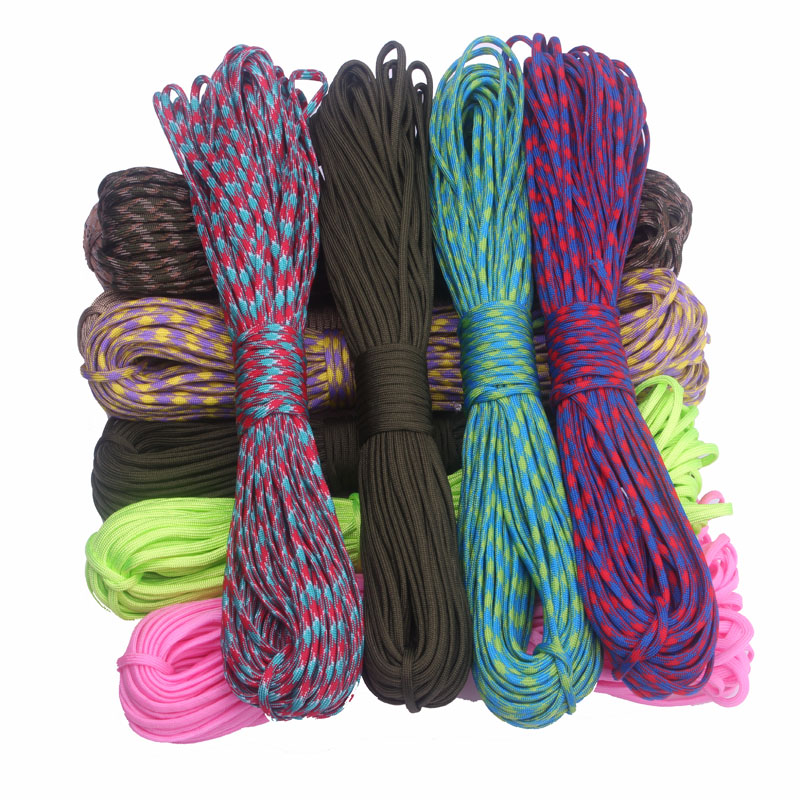
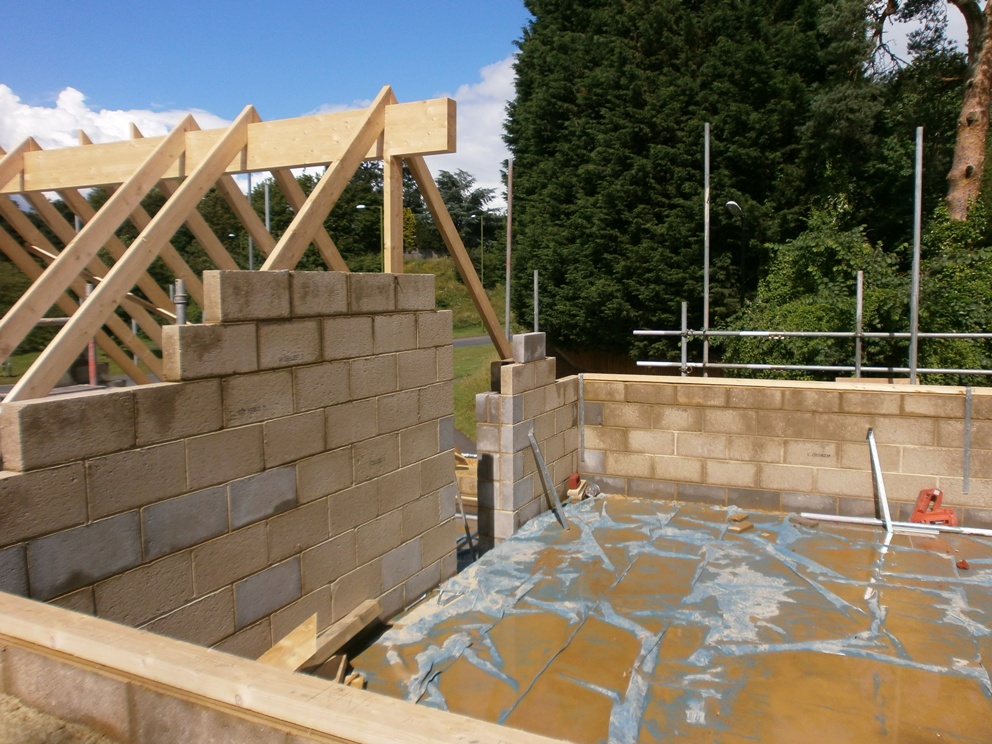


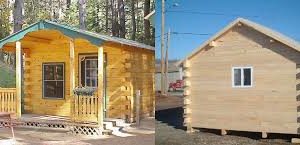
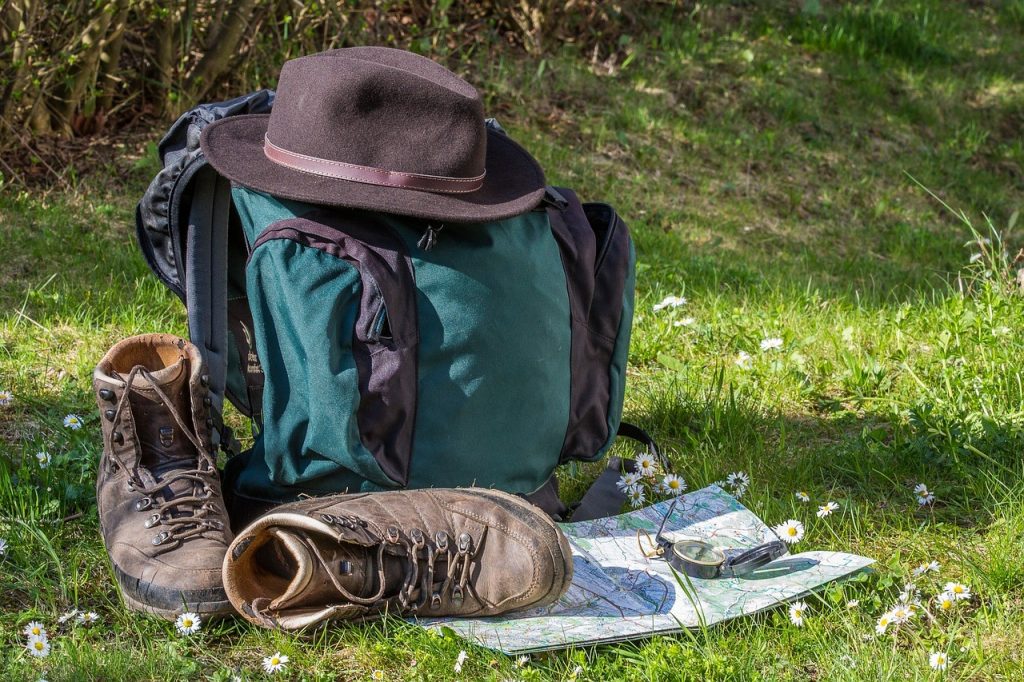
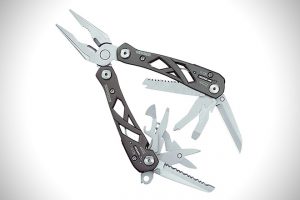
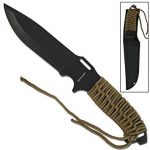
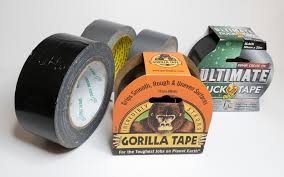 You may not think of a
You may not think of a 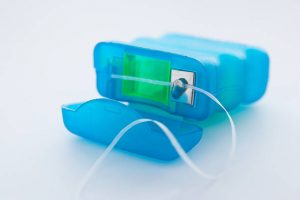
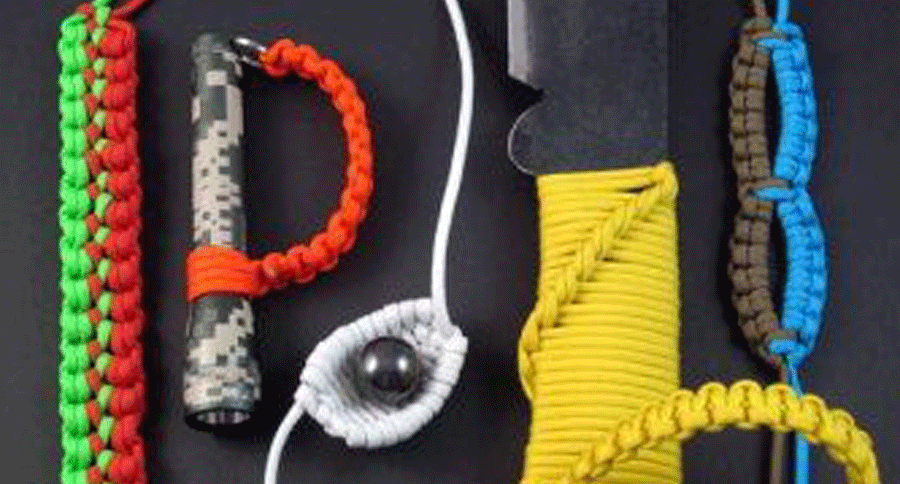 Pack good quality cordage such as
Pack good quality cordage such as 